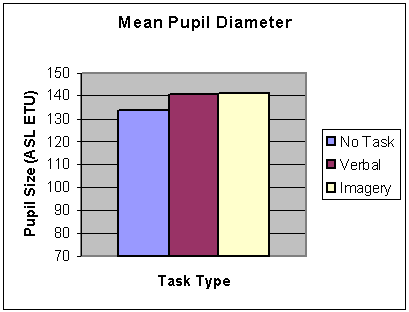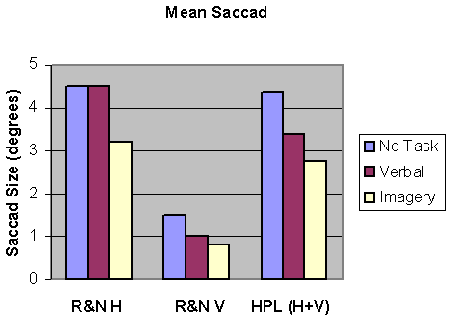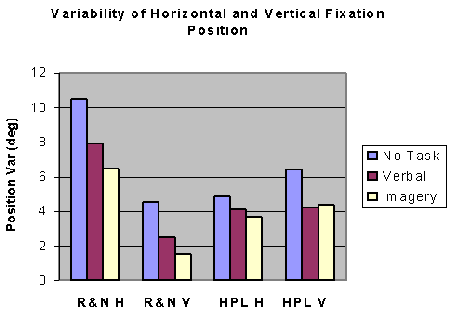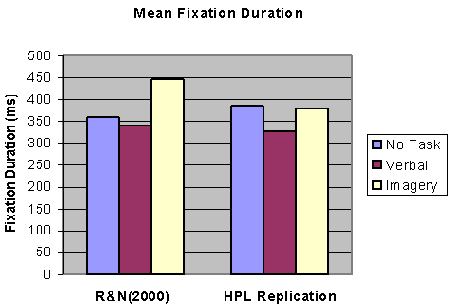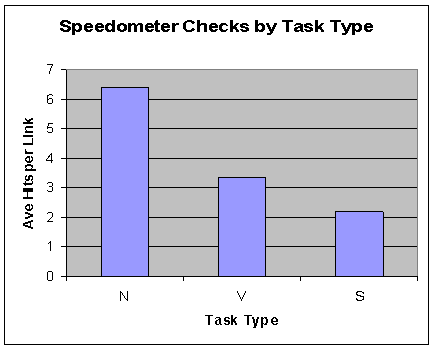|
|
|
|
|
Evaluating the Effects of In-Vehicle Technologies (Telematics) on Driver's Performance
Verbal and Spatial Loading Effects on Eye Movements in Simulators: a Comparison to Real World Driving
Kim R. Hammel, Graduate Research Assistant
Donald L. Fisher, Ph.D., Professor, Director Human Performance Laboratory
Anuj K. Pradhan, Research Assistant, Asst. Lab Manager Human Performance Laboratory
Human Performance Laboratory, University of Massachusetts
220 ELAB Building, Amherst, MA 01002
Phone: (413) 545-3393
Email: hpl@ecs.umass.edu
WWW: www.ecs.umass.edu/hpl/
|
| |
|
Overview
|
|
| |
|
Purpose
- Big Picture
- information acquisition (vehicular control, risk perception, etc.)
- attention allocation (time sharing, telematics)
- Immediate Goal (basic research)
- investigate the validity of eye data in static based, VR simulation (esp. HPL simulator)
- The Future
|
|
Recarte & Nunes, 2000
See:
Recarte & Nunes (2000).
Effects of Verbal and Spatial—Imagery Tasks on Eye Fixations While Driving. Journal of Experimental Psychology: Applied, Vol. 6, No.1, pp. 31-43.
- Dashboard mounted eye tracker recorded scanning behavior
- Participants drove highway and rural segments while performing 1 of 3 tasks
- Tasks
- No Task
- Verbal Tasks
- Spatial Imagery Tasks
- Recorded affected scanning patterns due to performing verbal and spatial tasks concurrent to driving
- Found sig. differences between both loaded vs. unloaded conditions
- Found sig. differences between loaded conditions (i.e. verbal vs. spatial)
- Ocular Parameters:
- Pupillary Dilation
- Mean Fixation Duration
- Variability of Fix Dur. Across Fixations
- Mean Horizontal Location and SD
- Mean Vertical Location and SD
- Mean Saccadic Size
- Driving Parameters:
- Vehicle Speed
- Glances at Mirrors
- Speedometer References
|
|
HPL Replication
|
|
Conclusions
- Eye movements recorded during simulation reflect ‘real world’ results
- Secondary cognitive tasks while driving significantly affect scanning behavior
- In most cases, visual tasks have a more severe impact on scanning behavior
|
|
The Future
- Link Foundation Extension
- Communication Technologies
- Goal: Cell vs. Passenger?
|
|
|
|
|





